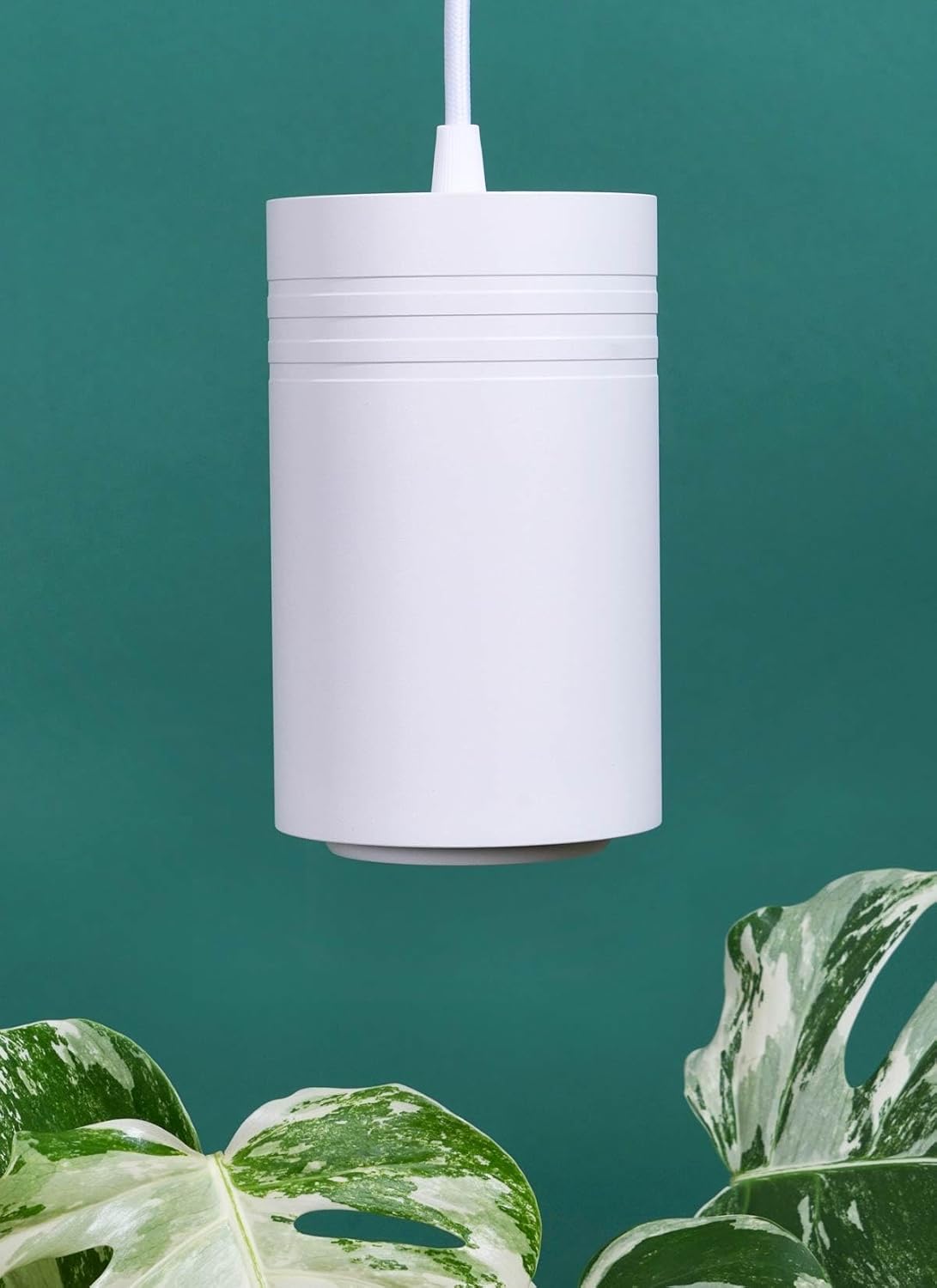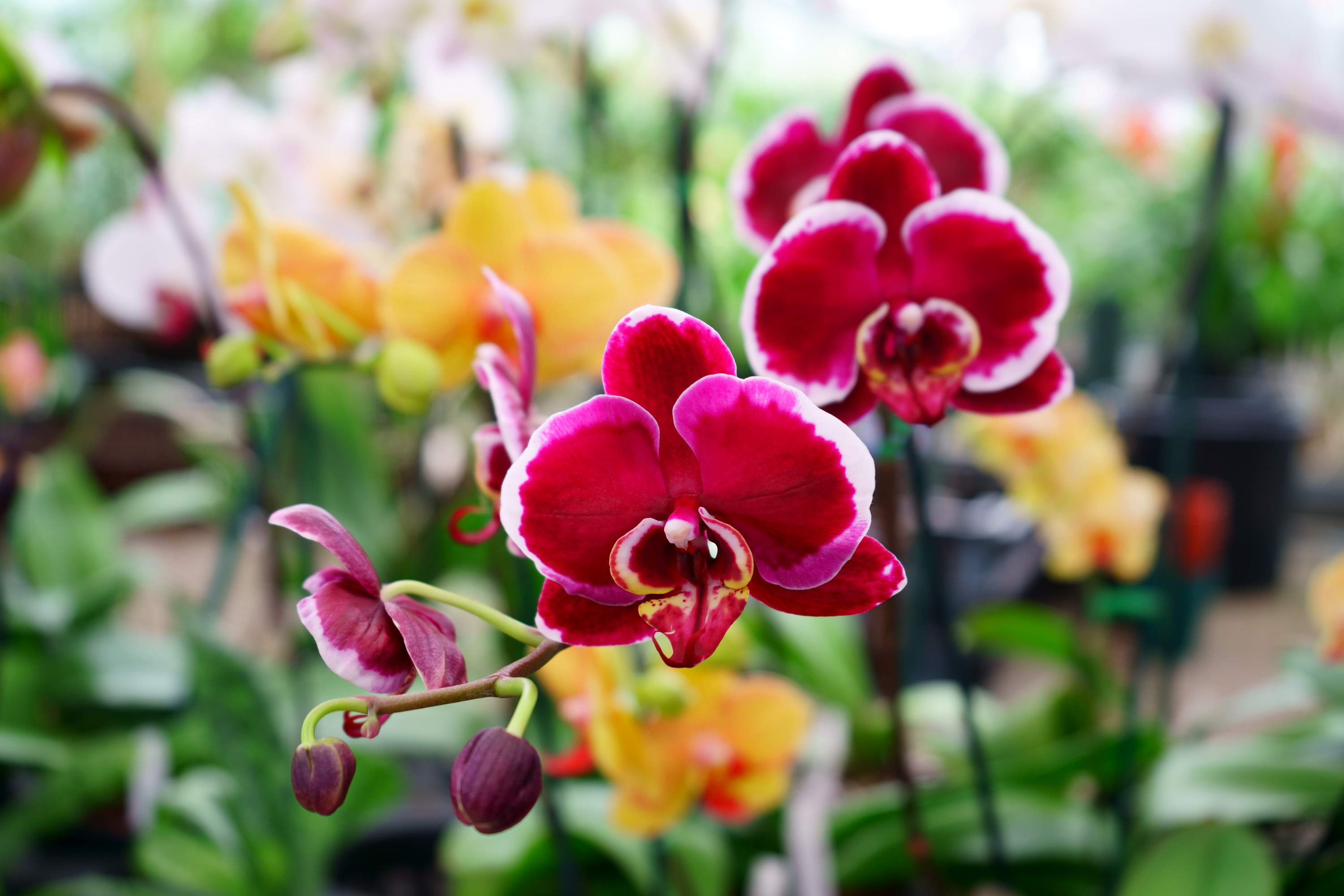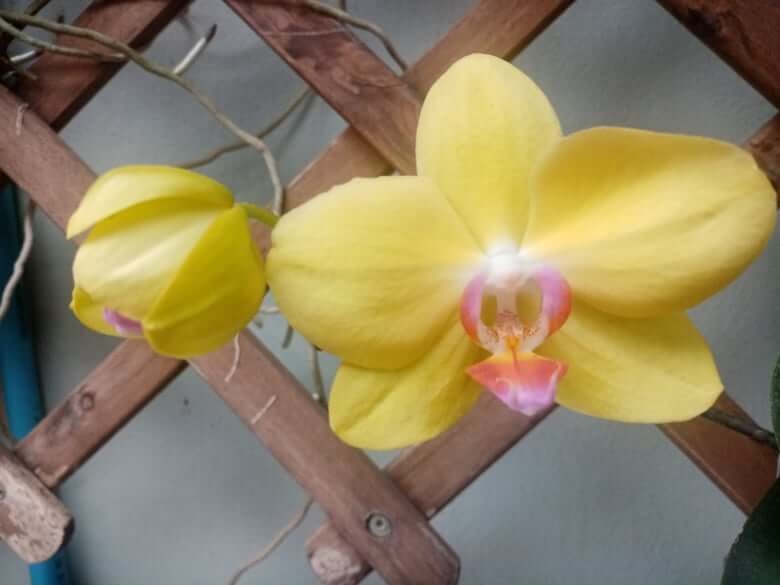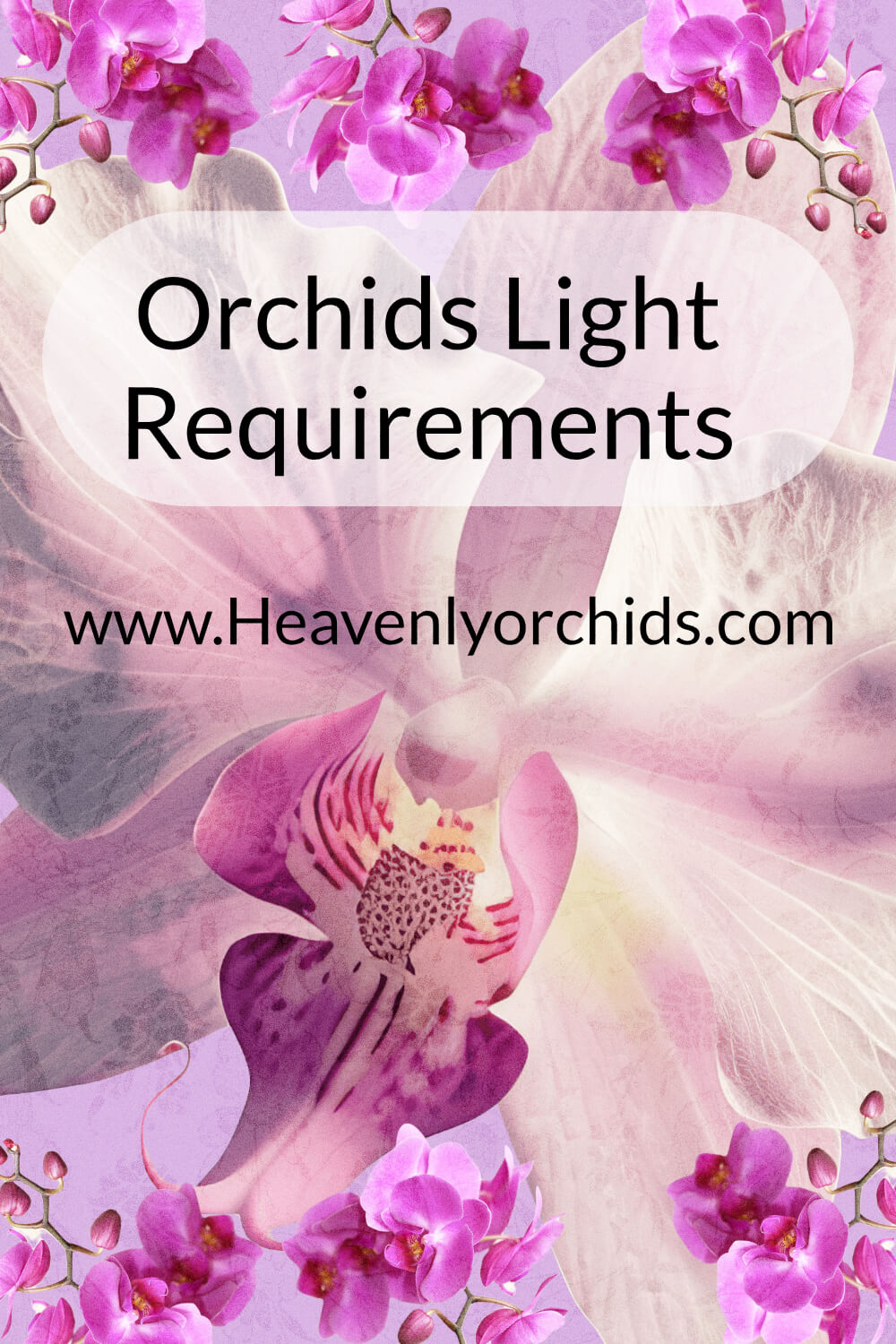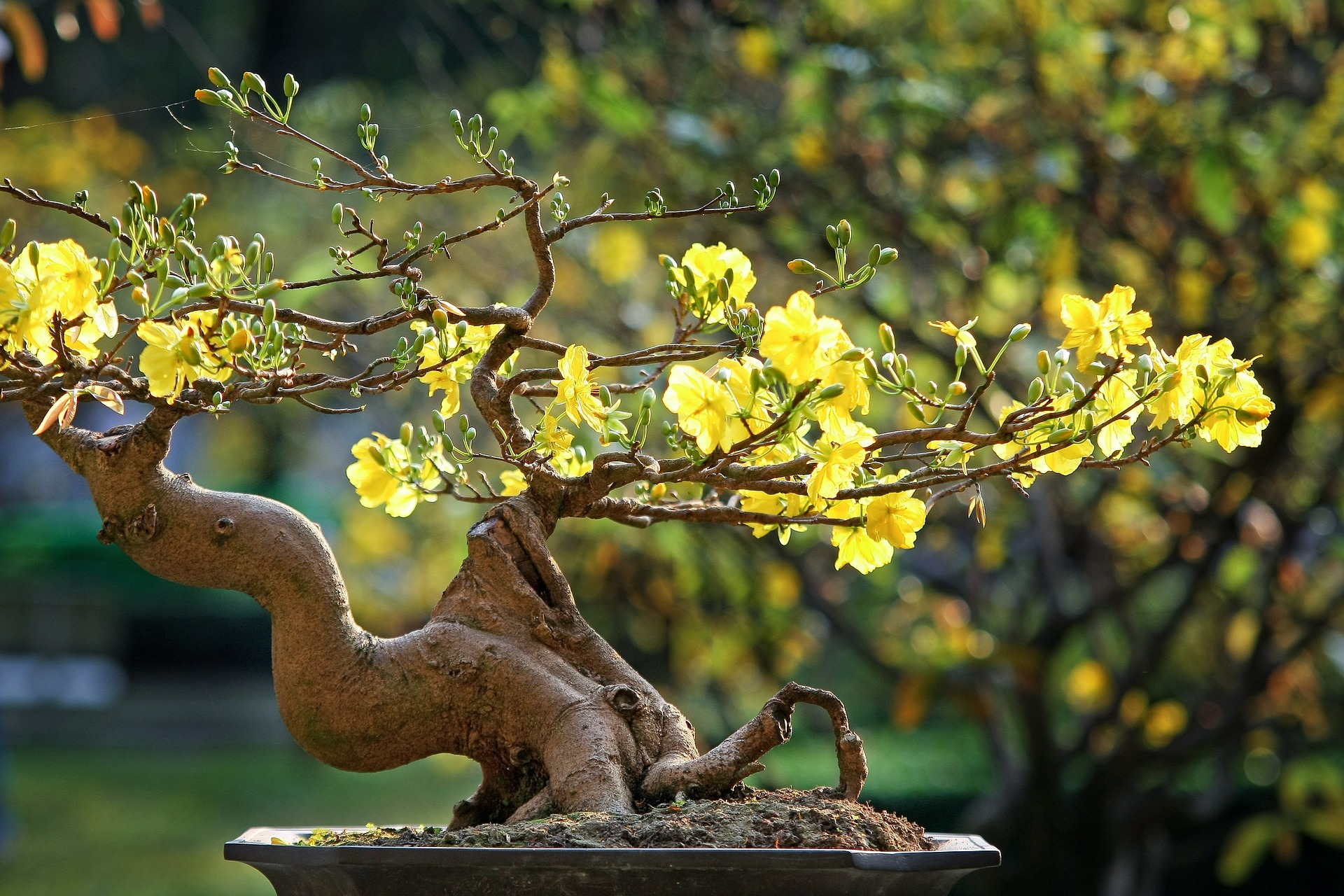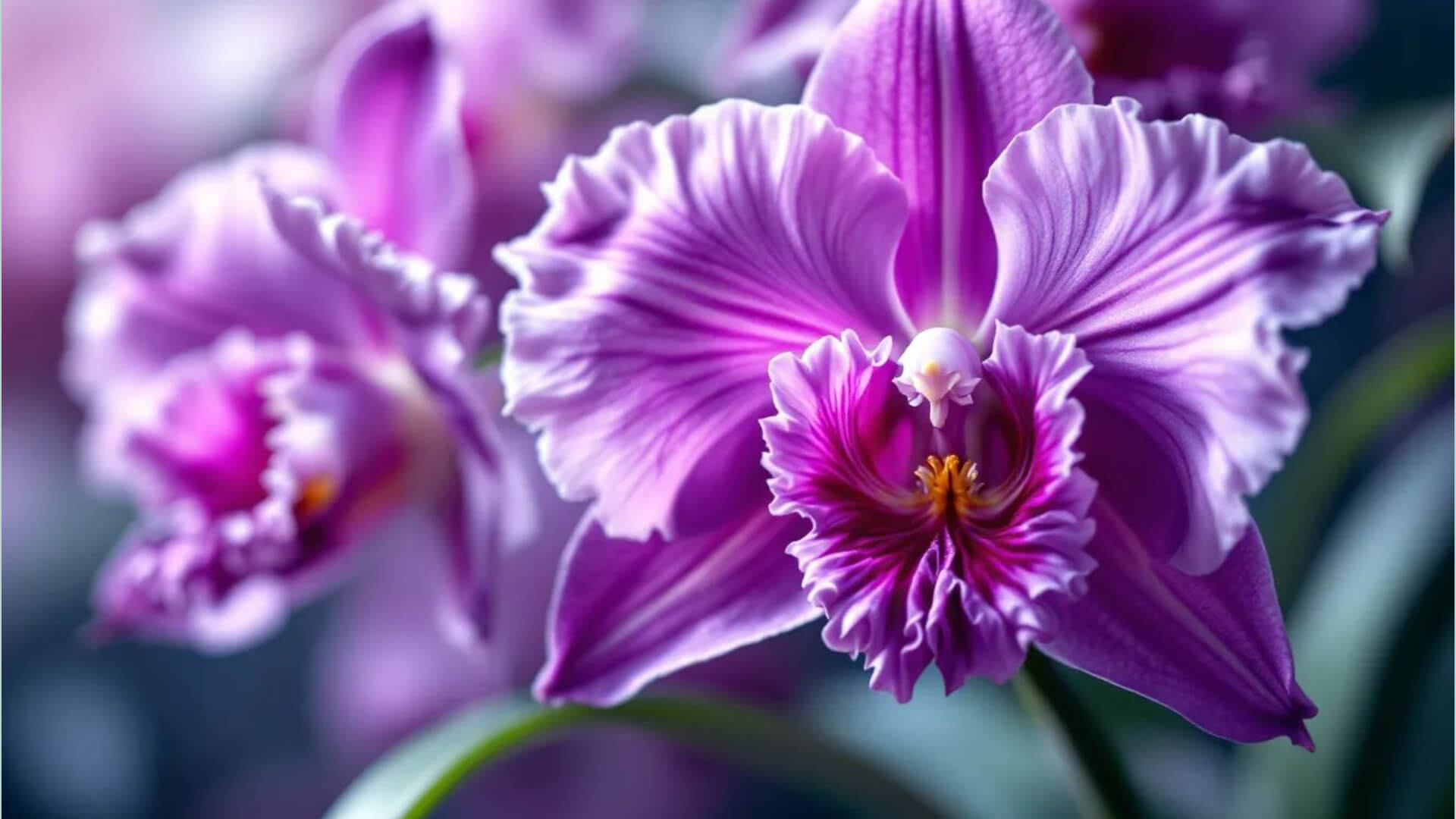- Home
- Light
Orchid Care Light Requirements: A Complete Guide to Optimal Lighting for Healthy Orchids
Orchid care light requirements are essential to understand if you want your orchids to thrive. Whether you're growing orchids at home or in a greenhouse, providing the right amount of light is crucial. Most orchids prefer filtered indirect sunlight or bright shade, mimicking their natural habitat in tropical and subtropical regions. In nature, orchids often grow under the canopy of trees, shielded from direct sunlight. However, the exact light needs can vary depending on the species and variety of orchid. Some orchids require brighter conditions, while others thrive in lower light.
In this guide, we’ll explore how to meet your orchid’s light requirements using natural light, supplemental lighting, and the best types of grow lights for orchids.
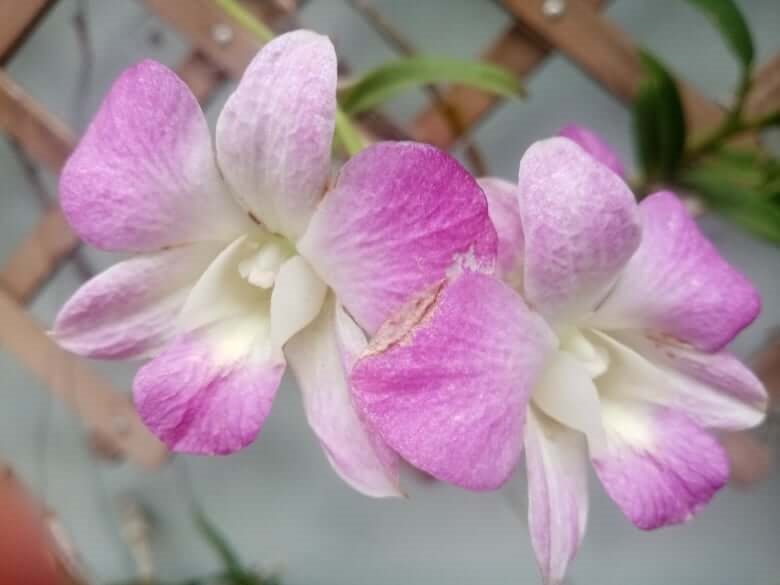
Understanding Orchid Light Needs: Natural vs. Supplemental Lighting
Heavenly Orchids participates in affiliate marketing programs, which means we may earn commissions on qualifying purchases made through our links. We only recommend products we genuinely believe in.
Get Your Free Phalaenopsis Orchid Care Guide Now!
Natural Light for Orchids
To replicate the ideal conditions for orchids, place them near an east or southeast-facing window where they can receive indirect light. Avoid direct sunlight, as it can burn the leaves and harm your orchid. A window with venetian blinds or a linen shade is perfect for filtering light.
Different orchids have varying light preferences:
- Low to Bright Shade: Phalaenopsis, Miltoniopsis, Masdevallias, and some Paphiopedilums.
- Bright Indirect Light: Brassias, Cattleyas, Miltonias, and Oncidiums.
- Very Bright Light: Brassavolas, some Cattleyas, and Vanda orchids.
Supplemental Lighting for Orchids
If natural light is insufficient, supplemental lighting can help. This is especially useful if you have a growing collection of orchids or limited access to natural light. The two most popular and effective lighting options for orchids are Compact Fluorescent Lights (CFL) and Light Emitting Diodes (LED).
Compact Fluorescent Lights (CFL) for Orchid Care
CFL bulbs are an energy-efficient option for orchid care. They use 75% less energy than traditional incandescent bulbs and are designed to stay on for long periods. CFL bulbs come in different light spectrums, measured in degrees Kelvin (K):
- Daylight (5000K–6500K): Ideal for general orchid care.
- Cool White/Bright Light (3500K–4100K): Suitable for growth phases.
- Warm White/Soft White (2700K–3000K): Best for encouraging blooming.
For optimal results, use daylight bulbs for general care and switch to warm white bulbs during your orchid’s natural blooming cycle. If you have multiple orchids with different blooming schedules, consider setting up a dedicated growing area to manage their light needs effectively.
LED Grow Lights: The Modern Solution for Orchid Care
LED lights have revolutionized indoor plant growing, including orchid care. While initially popularized by cannabis growers, LED technology has advanced significantly and is now an excellent choice for orchids. Although the upfront cost is higher, LED lights are energy-efficient and have a long lifespan, making them cost-effective in the long run.
Aspect World's First Decor Grow Light - Large White Luxury LED Grow Light – for Medium and Large Plants. Optimal Plant Growth & Aesthetic Lighting. Versatile Placement, Easy Setup. Durable & Elegant Design.
Hand-built in the USA.
Benefits of LED Lights for Orchids
- Full Spectrum Lighting: Modern LED light bulbs mimic natural daylight by including green light, unlike older models that emitted only blue and red light (producing a purple hue).
- Versatility: LED panels are slim, compact, and can be installed horizontally or vertically.
- Low Heat Emission: LED lights emit minimal heat, allowing you to place them closer to your orchids (minimum 30 inches).
When choosing an LED light, look for a PAR (Photosynthetically Active Radiation) value between 450 and 600. PAR measures the light spectrum that drives photosynthesis in plants, ensuring your orchids receive the right amount of usable light.
Choosing the Right Lighting Fixture for Your Orchids
With so many lighting options available, selecting the right fixture depends on your budget, aesthetic preferences, and the specific light requirements of your orchids. Here’s a quick guide:
- CFL Bulbs: Affordable and energy-efficient, ideal for beginners or small collections.
- LED Panels: Slightly more expensive but highly versatile and long-lasting, perfect for serious orchid enthusiasts.
Regardless of your choice, ensure the fixture provides adequate PAR and is positioned correctly to avoid overheating your plants
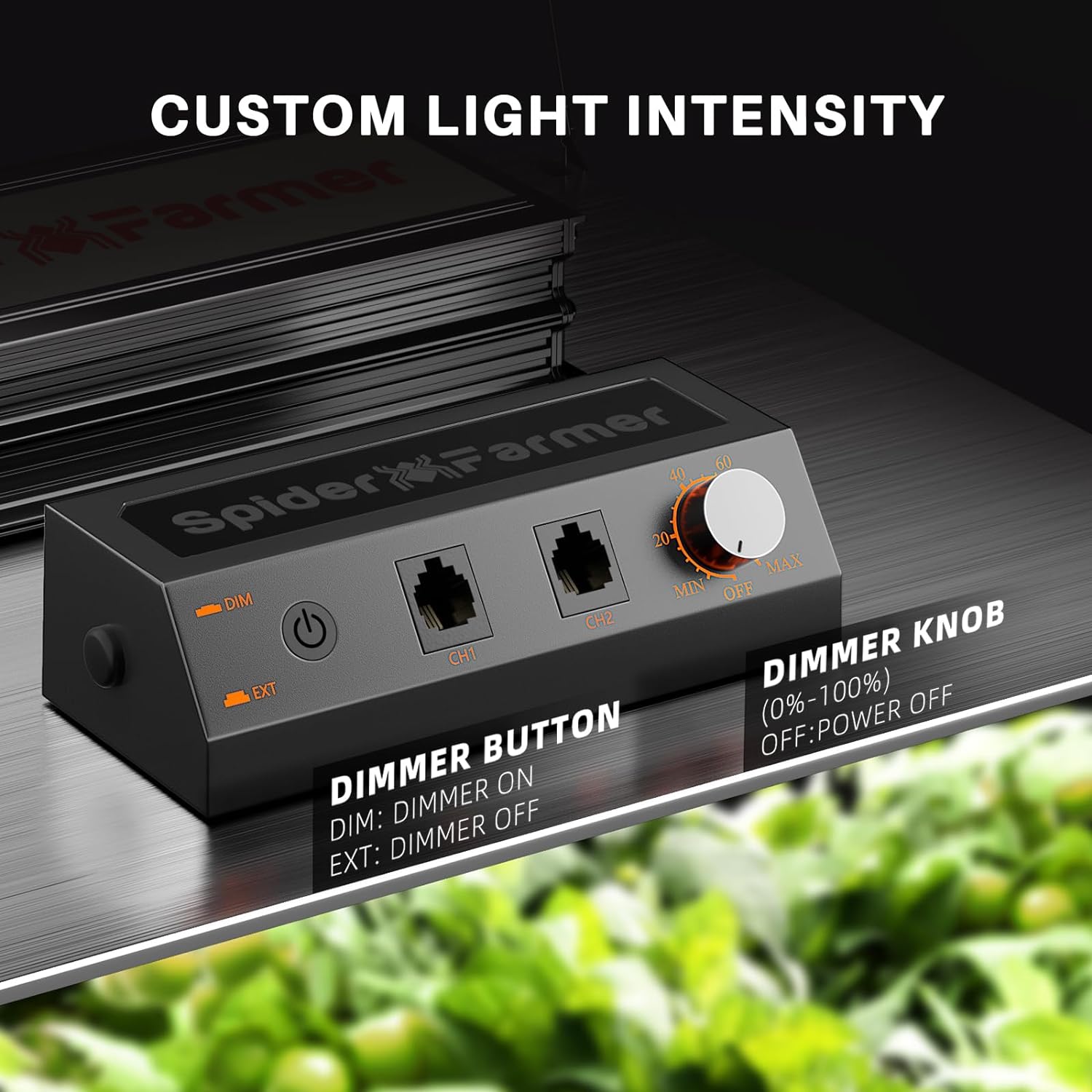
Spider Farmer SF 1000
- Samsung EVO chips – 3.14µmol/J efficiency
- Silent fanless design – Zero noise pollution
- Dimmable 10-100% – Customize light intensity
- Infrared boost bars – Enhances flowering stage
- 5-year warranty – US/EU local service
- 21% bundle savings – Vs buying separately
- 4x4ft coverage – Ideal for orchids
Orchid Care Light Requirements: Key Takeaways
- Avoid Direct Sunlight: Most orchids thrive in filtered indirect light or bright shade.
- Use Natural Light Wisely: Place orchids near east or southeast-facing windows with filtered light.
- Supplement with Grow Lights: CFL and LED lights are the best options for indoor orchid care.
- Adjust for Blooming Cycles: Switch to warm white bulbs during your orchid’s blooming phase.
- Monitor PAR Levels: Choose fixtures with a PAR value between 450 and 600 for optimal growth.
Fun Facts About Orchids
Did you know?
- Orchids are one of the largest families of flowering plants, with over 25,000 species.
- Some orchids can live for up to 100 years with proper care.
- The vanilla bean comes from the Vanilla orchid, the only orchid species that produces an edible fruit.
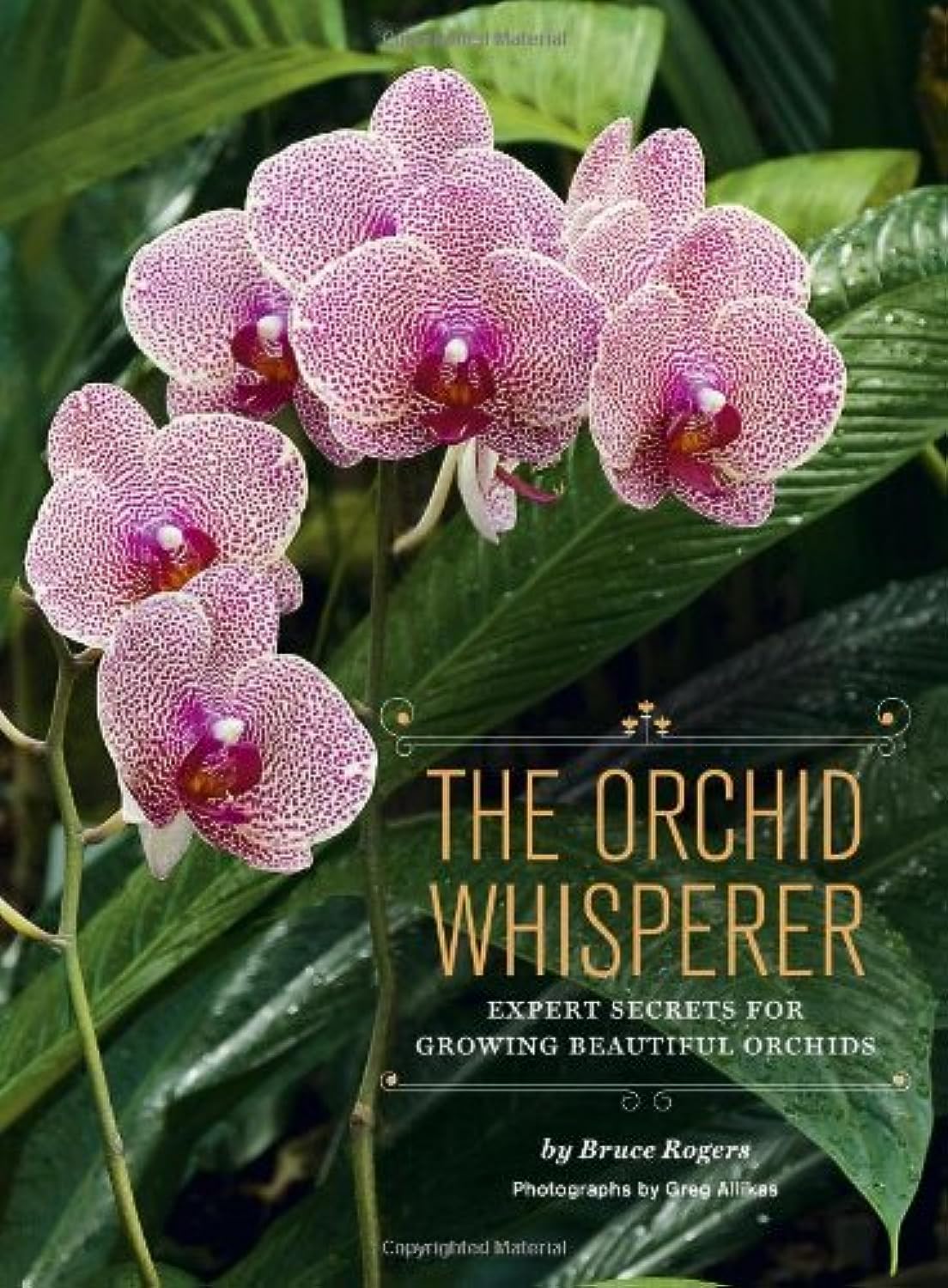
The Orchid Whisperer: Expert Secrets for Growing Beautiful Orchids"The Orchid Whisperer is an eminently intelligent and attractive book for beginning orchid growers…. Plenty of easy-to-understand advice to get novice growers on the road to success."—American Orchid Society Magazine
Final Thoughts on Orchid Care Light Requirements
Providing the right light for your orchids is essential for their health and blooming success. By understanding their natural habitat and using a combination of natural and supplemental lighting, you can create the perfect environment for your orchids to thrive. Whether you choose CFL or LED lights, remember to monitor light levels and adjust as needed to meet your orchid’s specific needs.
